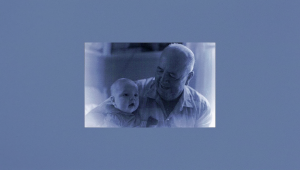
Travis Wilkerson with his great-grandfather
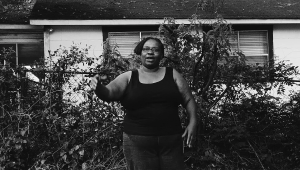
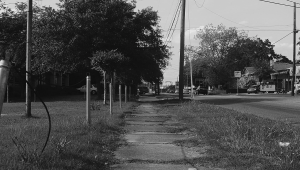
I gather that Travis Wilkerson’s amazing personal essay film about the murder of a black man by his great-grandfather in Dothan, Alabama in 1946 will be at New York’s Film Forum through March 13. I’m grateful to A.O. Scott for his enthusiastic review, which, by alerting me to this film’s existence, made me forgive Scott for what appeared to be his blindness to the subtler forms of racism and class bias practiced by Woody Allen in the reviewer’s latest “troubled” Times ruminations about that profoundly overrated figure. Even if I’m not the only one who views Manhattan as a hipper version of Trump’s “Make America great [i.e., white] again” — it was the late Allan Sekula who first pointed out to me how the absence of people of color on the streets of New York was part of what made it all seem so dreamy and romantic — the habit of avoiding racism when it appears in your own backyard is hardly unique to Scott. It’s even part of what makes New Yorkers and Alabamans seem similar to me, after living for many years in both places. (I grew up in Florence, to the northwest of Dothan — the other side of the state, and closer to the part of Tennessee where Wild River was filmed and is set.) Read more
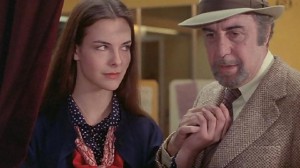
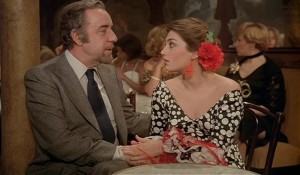
I’ve been revisiting a good many of Buñuel’s films lately, and a couple of traits of his work as a whole that I haven’t been sufficiently aware of in the past have been the centrality of class issues and his uncanny ability to predict or anticipate the future — not only the rise of terrorism but an escalation in income inequality and even, to my surprise, some of the lessons of feminism. These are traits that come together most tellingly and provocatively in his final feature, That Obscure Object of Desire (1977).
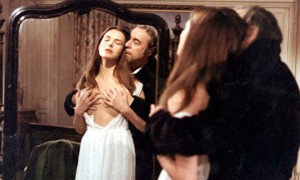
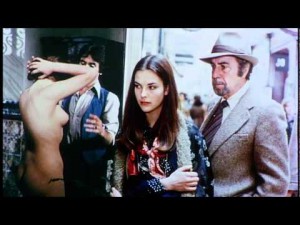
I’ve previously regarded this film as a bit of a letdown after the formal radicalism and thematic freedom of its immediate predecessors, The Discreet Charm of the Bourgeoisie (1972) and The Phantom of Liberty (1974). But it’s now more apparent to me that the play with multiple narratives really starts with The Milky Way in 1969 (or, much earlier, with Un chien andalou and L’age d’or), that the inability to complete a sex act in That Obscure Object complements and rhymes with the inability to finish a meal in The Discreet Charm, that the economic and sexual exploitation of That Obscure Object is already present in Tristana (1970), and that despite Buñuel’s reputation for kinkiness and cruelty, sadomasochism has never been his particular forte. Read more
From Film Quarterly, Vol. 36, No 4, Summer 1983. In 1996, during my first visit to Australia, I had the pleasure of “touring” with Feuer in various southern locations where we both lectured. -– J.R.
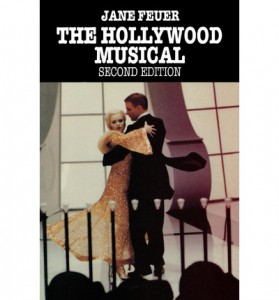
THE HOLLYWOOD MUSICAL
By Jane Feuer. Bloomingtion: Indiana University Press, 1982.
Since the advent of Pauline Kael and the anti-intellectual approach to popular genres that she has successfully championed, serious writing about the Hollywood musical that wishes to offer anything more than consumer tips, stray bit of gossip or trivial local evaluations — all useful enough services in their own right – has often had to remain doggedly academic in order to be recognized at all. Yet it is one of the rare virtues of Jane Feuer’s long-awaited The Hollywood Musical that, contrary to the ideological assumptions of the Kaelians and neo-Kaelians, it manages to be rigorously analytical and loads of fun at the same time. And thanks to Feuer’s witty style, the intellectual vantage point and the sense of play, far from seeming in any respect contradictory or inappropriate to its subject, work together to mutual advantage –- creating, like the musical itself, a high concentration of energy and grace under pressure.
Rick Altman’s excellent BFI Reader on the musical, which I reviewed in these pages last year, gave more than one foretaste of this possibility. Read more








